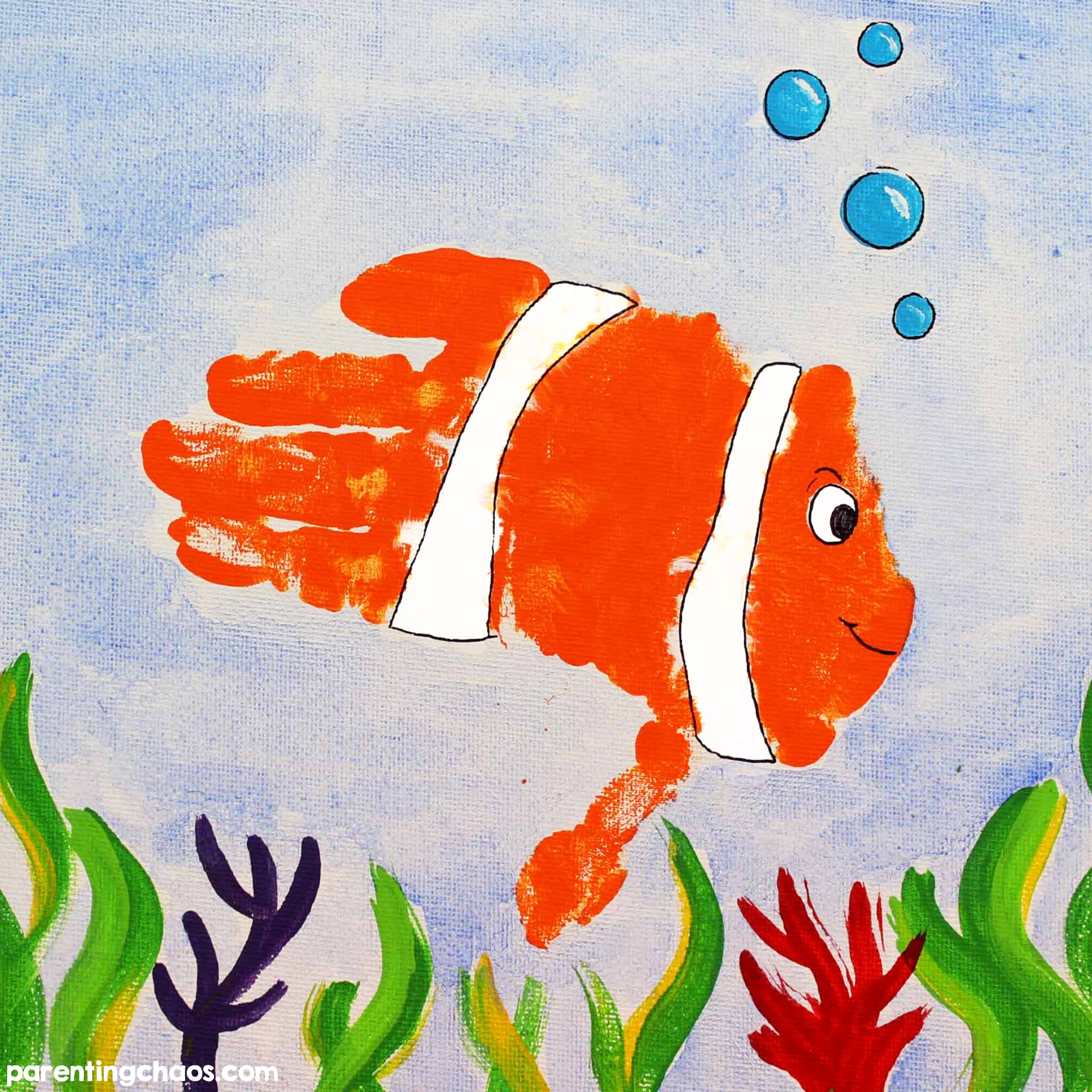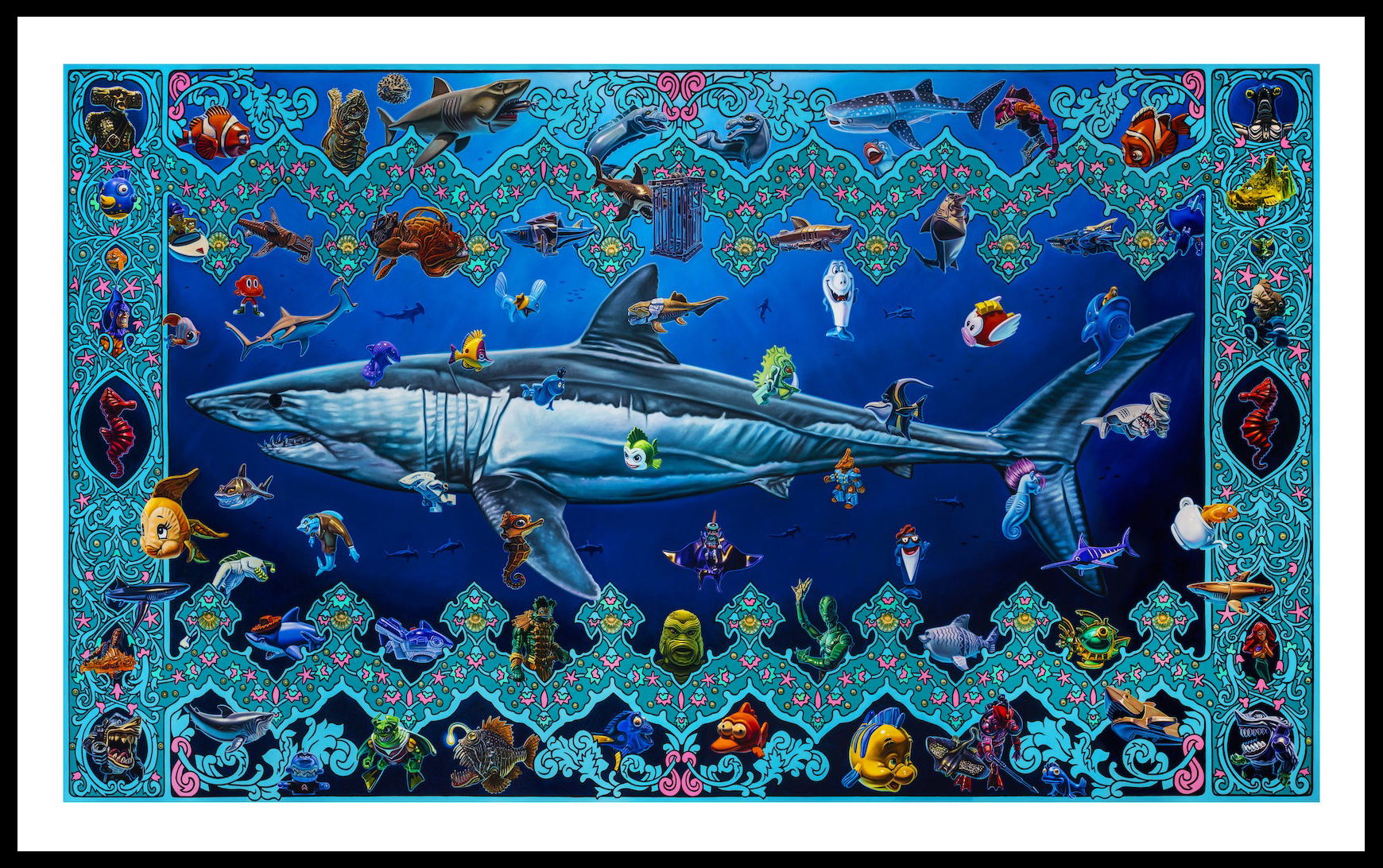
Introduction
Fish print, also known as Gyotaku, is a traditional Japanese art form that involves creating prints of fish using ink and paper. It originated in the mid-19th century as a way for fishermen to record their catches, but has since evolved into a unique and visually stunning art style. This article explores the history, process, and significance of fish print in today's art world.
History of Fish Print
The art of fish print can be traced back to Japan in the 1800s. At that time, fishermen would use this technique to document their catches and keep a record of the size and species of fish they caught. The prints were also used as a form of proof and bragging rights among the fishermen community.

Over time, fish print evolved from a practical method to an art form in its own right. Artists began to experiment with different types of ink, paper, and techniques to create more detailed and visually appealing prints. The art form gained recognition outside of Japan and started to influence artists around the world.
The Process of Fish Print
The process of creating a fish print involves several steps. Firstly, the fish is carefully cleaned and prepared for printing. The artist then applies ink or paint directly onto the fish, ensuring that all the details and textures are captured. Once the ink is applied, a sheet of Japanese paper is carefully placed on top of the fish and gently pressed down.

The paper is then carefully lifted off the fish, revealing a detailed and unique print. The fish can be washed and reused for multiple prints, allowing the artist to experiment with different colors and techniques.
Significance of Fish Print
Fish print holds great significance in both the artistic and scientific communities. From an artistic perspective, fish prints are admired for their intricate details and striking visual appeal. The prints often capture the natural beauty of the fish and serve as a reminder of the delicate balance of marine life.

In the scientific community, fish prints are used as a valuable tool for identification and research. The prints provide a detailed and accurate representation of each fish species, allowing researchers to study their anatomy, patterns, and variations. This information is crucial for understanding and conserving marine biodiversity.
Fish Print in Modern Art
While fish print has its roots in traditional Japanese art, it has also found its place in modern art galleries and exhibitions around the world. Many contemporary artists have embraced this unique technique and incorporated it into their own artistic practices.

The use of fish print in modern art allows for a fusion of traditional and contemporary elements, creating a visually captivating and thought-provoking experience for viewers. It serves as a bridge between cultural heritage and innovation, showcasing the timeless beauty of fish and celebrating the art form's rich history.
Conclusion
Fish print, or Gyotaku, is a captivating art form that has evolved from a practical method of documenting fish catches to a respected and admired artistic technique. Its history, process, and significance make it a unique and valuable art form that continues to inspire artists and researchers alike. Whether used for artistic expression or scientific study, fish print remains a compelling reminder of the beauty and diversity of marine life.